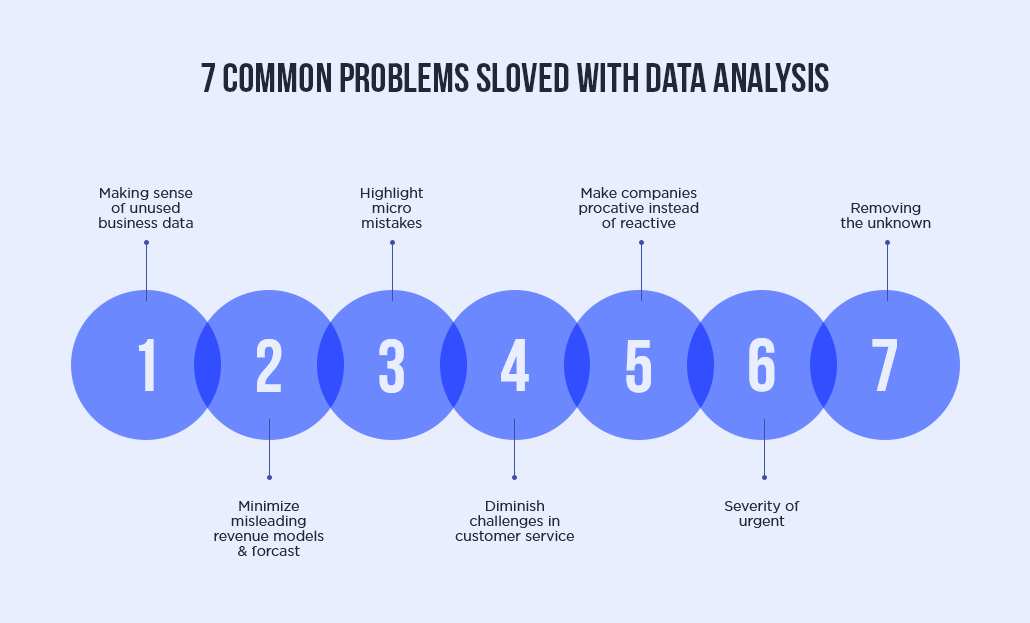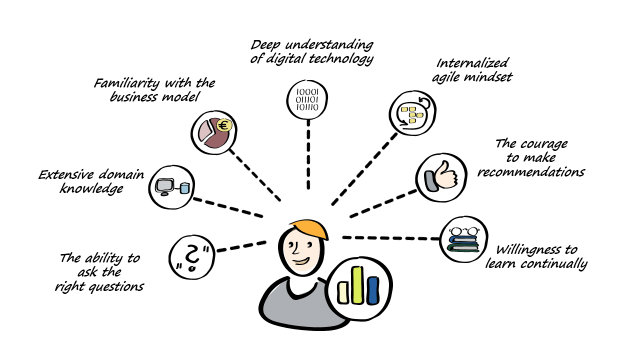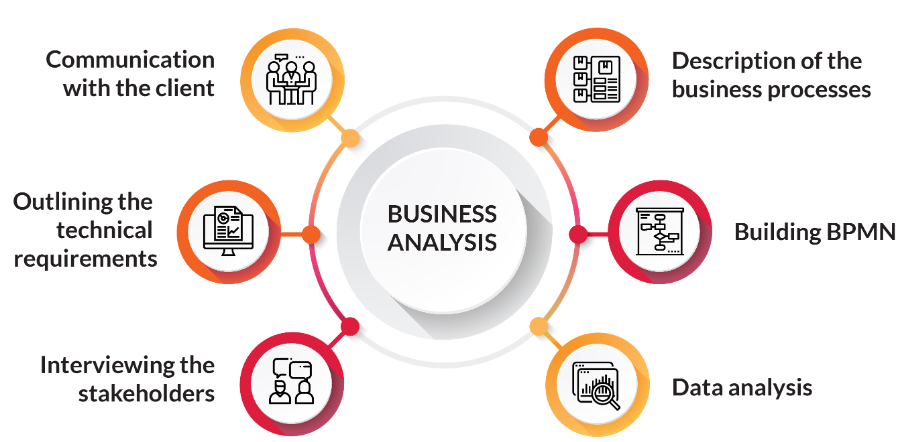-
Paper Information
- Paper Submission
-
Journal Information
- About This Journal
- Editorial Board
- Current Issue
- Archive
- Author Guidelines
- Contact Us
Science and Technology
p-ISSN: 2163-2669 e-ISSN: 2163-2677
2023; 13(2): 25-28
doi:10.5923/j.scit.20231302.03
Received: Mar. 23, 2023; Accepted: Apr. 22, 2023; Published: May 5, 2023

Challenges Faced by Business Analyst (BA) and Solution to Overcome It
Kshitiz Nayyar
Canada
Correspondence to: Kshitiz Nayyar, Canada.
| Email: |  |
Copyright © 2023 The Author(s). Published by Scientific & Academic Publishing.
This work is licensed under the Creative Commons Attribution International License (CC BY).
http://creativecommons.org/licenses/by/4.0/

Many people see a Business Analyst's profession as the pinnacle of success. Business analysts are in high demand across various industries, including the nonprofit and government sectors. The position's tasks and duties contribute to the expansion of the business in several ways. They may be in one of the most coveted positions in the company, but it doesn't make being a change agent any less challenging. After all, there are certain to be difficulties in performing this position's duties. Successful candidates will be up-to-date on industry developments, articulate both orally and in writing, adept in problem-solving, and able to analyze and connect with customers and stakeholders. Additionally, the road is frequently difficult, with several obstacles an individual might not have anticipated. Let's talk about seven difficulties that business analysts confront and how to overcome them.
Keywords: Business Analyst, Agile and Challenges
Cite this paper: Kshitiz Nayyar, Challenges Faced by Business Analyst (BA) and Solution to Overcome It, Science and Technology, Vol. 13 No. 2, 2023, pp. 25-28. doi: 10.5923/j.scit.20231302.03.
Article Outline
1. Introduction as a Business Analyst
- Business Analysts, whether working in an agile or more conventional setting, should jump directly into a project and begin making progress as soon as feasible. Whether the project has just begun or is well underway, uncertainty plagues it. This highlights the need for foundational knowledge of the procedures (Palepu et al., 2020). This may be accomplished by carefully studying the business's stated goals, the scope of work, data needs, and other prerequisites. If they want to provide a solution that has any chance of being taken seriously, Business Analysts need to keep abreast of all the most recent developments in their field. Reading and understanding large amounts of material might be a daunting challenge, but it is one they must do.
 | Figure 1. Challenges in Data Analytics (Source: https://www.clariontech.com/platform-blog) |
2. Challenges Faced by Business Analyst
2.1. Knowledge and Skills
- Business analysts need to adopt a "know a little about everything" mentality. One can't succeed in business if they have expert knowledge but lack the savvy to use it. Someone with a head for business may find it difficult to stay up with the latest technological developments (Calicioglu et al., 2019). On the other hand, those with a strictly business background may struggle to get the necessary technical abilities. They need to strike a balance between technical knowledge and commercial savvy.
2.2. Changing Business Requirements
- Alteration is the one variable in business. Stakeholders are renowned for altering their demands many times per week, if not per day. Consider the benefits and drawbacks of applying the modification in a real-world setting before deciding whether or not it is right for a certain project. As a result, the Business Analyst must make quick judgments on whether or not to adopt the adjustments.
 | Figure 2. Business Analyst's Ways to Solve Problems (Source: https://www.linkedin.com/pulse/business-analysts-way-solve-problem-suhas-kerurkar/) |
2.3. Undocumented Processes
- The Business Analyst's role includes the creation of documentation. However, obtaining the necessary information is a major obstacle that a Business Analyst must overcome. There is a risk that stakeholders won't provide you the information you need to create comprehensive documentation that will be useful at different points in the project's life cycle (Haseeb et al., 2019). The project itself may go through a number of iterations as time progresses. With more and more changes being made to a project, thorough documentation becomes crucial. At the end of the day, the information is essential for satisfying the demands of many people who are participating in and connected to different parts of the project.
3. Solution / Results
- 3.1: Having the agility to develop and question as many “Whys” and “When” in as many different ways as possible might be useful. Clarity about the project and its requirements might result from asking questions. Also, one is free to create other models and business artifacts in addition to those needed. 3.2: Learning about state-of-the-art technology, the associated business domain, and industry may be a rapid and effective solution. Certifications can assist a Business Analyst in getting in-depth knowledge in specific areas, which can be put into practice or come in helpful when dealing with a scenario connected to that field. Courses on various subjects may be easily accessed online (Sinsel et al., 2020). Certification courses are available online, so one may get the training they need for their project (whether it be technical or business-related) whenever it is most convenient for them.
 | Figure 3. Agile Business Analysts Process (Source: https://reachretail.wordpress.com/2022/01/28/top-5-motivations-agile-business-analyst/) |
 | Figure 4. Business Analysts Solutions and Next Steps (Source: https://quintagroup.com/services/business-analysis) |
4. Future Work
- 4.1: The best way to find out about a current project is to put it through its paces through testing. It's been around for a while, so it must work. Get a demonstration from an employee or subject matter expert if one needs help following the process. Although there are methods like Agile that welcome change, a shift in the implementation cycle may affect the delivery procedure (Dey and Das, 2019). That's why it's up to business analysts and other key players to determine how to implement the difference.4.2: The Business Analyst is responsible for drafting a variety of papers, such as the management strategy, use cases, and a client vision document. In addition to drafting papers, it is essential to keep them up-to-date by inquiring as many parties as possible for input, noting even the smallest of changes, etc. The “business requirement document” is the starting point for the whole project since it specifies all the requirements that must be met. The “Business Analyst” must always keep tabs on these specifications alongside the other information to prevent future misunderstandings. The Business Analyst's main concern should be with business requirements, and even the smallest adjustment should be documented.4.3: To keep everyone on the same page, business analysts may take notes during requirement talks and share the most important conclusions with everyone involved. They may request that everyone who will not be present for a requirements session do a quick study beforehand. By doing so, one can lessen the possibility of misunderstandings and the reopening of previously resolved requirements issues.
5. Conclusions
- Business Analysts face various challenges in their day to day work, but with the Right Mindset and skills the challenges mentioned above can easily be overcomed. Effective communication, change management and managing stakeholders are the keys to be successful as a business analyst.
 Abstract
Abstract Reference
Reference Full-Text PDF
Full-Text PDF Full-text HTML
Full-text HTML